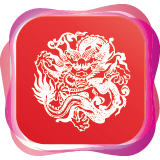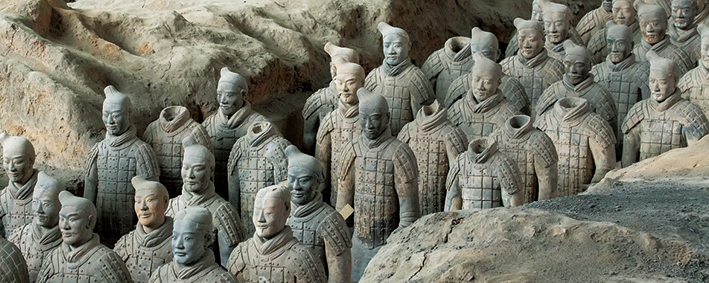 |
CCCH9019 China: Culture, State and Society
|
Course Description
Emperorship was the core institution of Chinese government for over 2000 years (221 BC-1911 AD). As the Son of Heaven, the emperor embodied both the unity of the empire and the unity between Heaven and Man. This enduring institution originated from ancient Chinese civilization and was only abolished after confrontation with global modernization. Emperors, therefore, provide a key to understanding the structures of society and government, disputes in philosophy and religion, patterns of history, and transformations in culture and civilization. They also tell us about China’s struggles in global modernity and are still used in constructing Chinese identity and culture today.
This course studies emperorship as the defining institution of Chinese civilization. It shows how the emperor has repeatedly been perceived as an “essence” of Chinese civilization, and how this enduring institution has been continuously contested and transformed by shifting political, social, cultural, and global forces. This interdisciplinary course teaches students to distinguish divergent disciplinary methodologies, including history, philosophy, religion, literature, art, and film. It also requires students to critically assess the sources and arguments of existing scholarship.

Course Learning Outcomes
On completing the course, students will be able to:
- Articulate a broader perspective and a deeper critical understanding of the complex connections between issues of profound importance.
- Distinguish various disciplinary methodologies involved in the study of the Chinese imperial institutions, culture and civilization.
- Show enhanced communicative and collaborative skills through debate, presentation, and writing.
- Question conventional assumptions about Chinese culture and civilization.
- Demonstrate enhanced critical thinking and active participation as citizens in local and global communities.
Offer Semester and Day of Teaching
Second semester (Wed)
Study Load
| Activities | Number of hours |
| Lectures | 24 |
| Tutorials | 8 |
| Reading / Self-study | 39 |
| Film viewing and internet search | 22 |
| Assessment: Essay / Report writing | 12 |
| Assessment: Presentation (incl preparation) | 16 |
| Assessment: In-class assignments | 2 |
| Total: | 123 |
Assessment: 100% coursework
| Assessment Tasks | Weighting |
| In-class assessments | 25 |
| Tutorial exercises | 25 |
| Short essays | 50 |
Required Reading
- Elliott, M. C. (2009) Emperor Qianlong: son of heaven, man of the world. New York: Longman.
- Holdsworth, M., Courtauld, C., & Hu, C. (2008). Forbidden City: The great within. London: Frances Lincoln.
- Paludan, A. (1998). Chronicle of the Chinese emperors: The reign-by-reign record of the rulers of Imperial China. London: Thames and Hudson.
- Rawski, E. S. (1998). The last emperors: A social history of Qing imperial institutions. Berkeley: University of California Press.
- Sima, Q., & Dawson, R. S. (2007). The first emperor: selections from the Historical records. Oxford; Oxford University Press.
- Xu, C. (2025). Institutional Genes: The Origins of China’s Institutions and Totalitarianism, Cambridge University Press. [Chap. 12]
Required Film Viewing
- Bertolucci, B. (Director). (1987). The Last Emperor.
- FilmRoos. (Director). (2008). History — In Search of History China’s Forbidden City.
- Hsia, L., et al. (1990) The emperor’s eye art and power in imperial China.
- Twente, C. (Director). (2006). Secrets of China’s First Emperor: Tyrant and Visionary.
Course Co-ordinator and Teacher(s)
| Course Co-ordinator | Contact |
| Dr A. Wang School of Chinese, Faculty of Arts |
Tel: 3917 7308 Email: awang@hku.hk |
| Teacher(s) | Contact |
| Dr A. Wang School of Chinese, Faculty of Arts |
Tel: 3917 7308 Email: awang@hku.hk |

